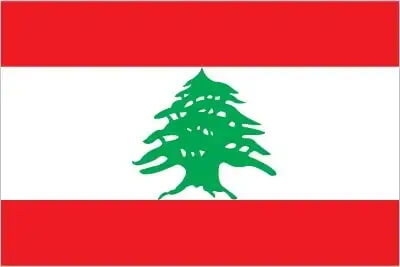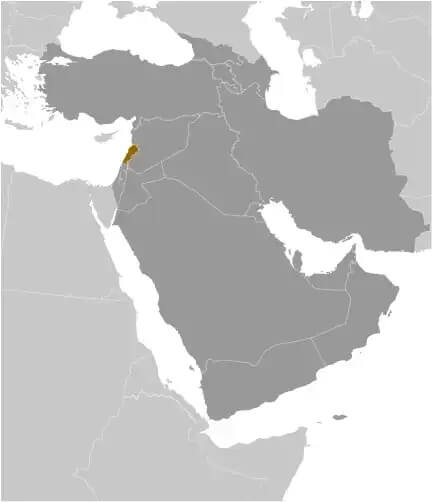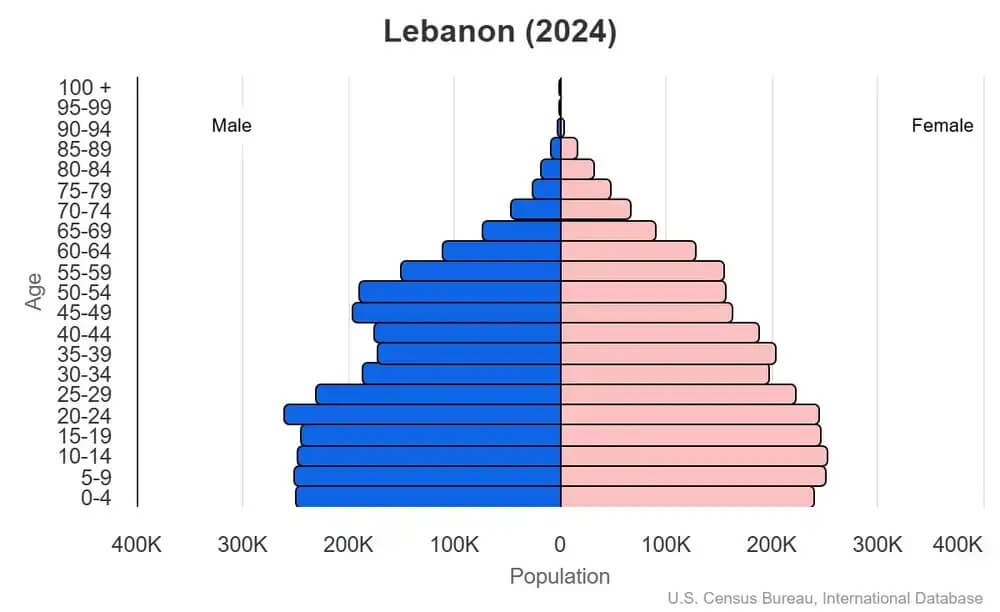World Book
Lebanon
World Book Index
51


With a score of 51, the country is ranked 125th out of 158 countries in the World Book ranking. (more information)
Introduction
Background
After World War I, France acquired a mandate over the northern portion of the former Ottoman Empire province of Syria. From it the French demarcated the region of Lebanon in 1920 and granted this area independence in 1943. Lebanon's borders with Syria and Israel remain unresolved.
Geography
Area
total : 10,400 sq km
land: 10,230 sq km
water: 170 sq km
Climate
Mediterranean; mild to cool, wet winters with hot, dry summers; the Lebanon Mountains experience heavy winter snows
Natural resources
limestone, iron ore, salt, water-surplus state in a water-deficit region, arable land
People and Society
Population
total: 5,364,482 (2024 est.)
Ethnic groups
Arab 95%, Armenian 4%, other 1%
Languages
Arabic (official), French, English, Armenian
Religions
Muslim 67.8% (31.9% Sunni, 31.2% Shia, smaller percentages of Alawites and Ismailis), Christian 32.4% (Maronite Catholics are the largest Christian group), Druze 4.5%, very small numbers of Jews, Baha'is, Buddhists, and Hindus (2020 est.)
Population growth rate
0.61% (2024 est.)
Government
Government type
parliamentary democratic republic
Capital
name: Beirut
Executive branch
chief of state: President Joseph AOUN (since 9 January 2025)
head of government: Prime Minister Nawaf SALAM (since 8 February 2025)
Diplomatic representation in the US
chief of mission: Ambassador Nada HAMADEH (since 5 September 2025)
Diplomatic representation from the US
chief of mission: Ambassador Lisa A. JOHNSON (since 6 February 2025)
Economy
Economic overview
lower middle-income Middle Eastern economy; hyperinflation and sharp poverty increases; banks have ceased lending; economic contraction, destroyed infrastructure, and reduced consumer demand resulting from Israel-Hezbollah conflict
Real GDP (purchasing power parity)
$65.415 billion (2023 est.)
$65.917 billion (2022 est.)
$66.329 billion (2021 est.)
Real GDP per capita
$11,300 (2023 est.)
$11,500 (2022 est.)
$11,600 (2021 est.)
Exports
$11.77 billion (2023 est.)
$12.445 billion (2022 est.)
$9.684 billion (2021 est.)
Exports - partners
UAE 26%, Egypt 7%, Turkey 5%, Iraq 5%, USA 4% (2023)
Exports - commodities
jewelry, cars, diamonds, scrap iron, gold (2023)
Imports
$23.313 billion (2023 est.)
$24.536 billion (2022 est.)
$17.667 billion (2021 est.)
Imports - partners
Switzerland 12%, China 11%, Greece 9%, Turkey 8%, Italy 6% (2023)
Imports - commodities
refined petroleum, gold, cars, packaged medicine, garments (2023)
Human Development Index
The country's Human Development Index (HDI) is 0.752, ranking it 102nd out of 193 countries tested. (more information)
World Happiness Report
The World Happiness Report ranked the country 157th out of 158 countries tested with a score of 2.707. (more information)



